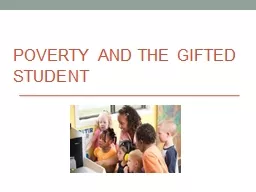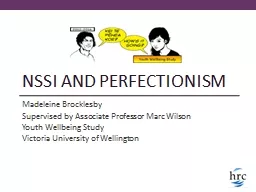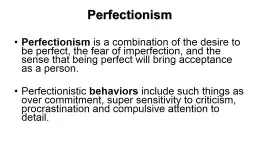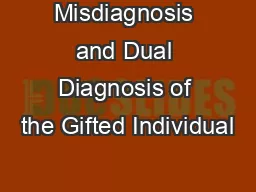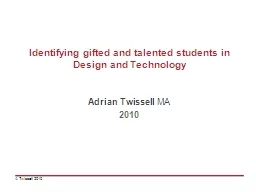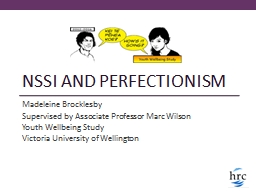PPT-Perfectionism and the Gifted Learner
Author : lois-ondreau | Published Date : 2016-06-15
By Linda Chambers Claire McCall Stacey Speicher and Tendayi Taylor The root of excellence is perfectionism It is the driving force in the personality that propels
Presentation Embed Code
Download Presentation
Download Presentation The PPT/PDF document "Perfectionism and the Gifted Learner" is the property of its rightful owner. Permission is granted to download and print the materials on this website for personal, non-commercial use only, and to display it on your personal computer provided you do not modify the materials and that you retain all copyright notices contained in the materials. By downloading content from our website, you accept the terms of this agreement.
Perfectionism and the Gifted Learner: Transcript
Download Rules Of Document
"Perfectionism and the Gifted Learner"The content belongs to its owner. You may download and print it for personal use, without modification, and keep all copyright notices. By downloading, you agree to these terms.
Related Documents



